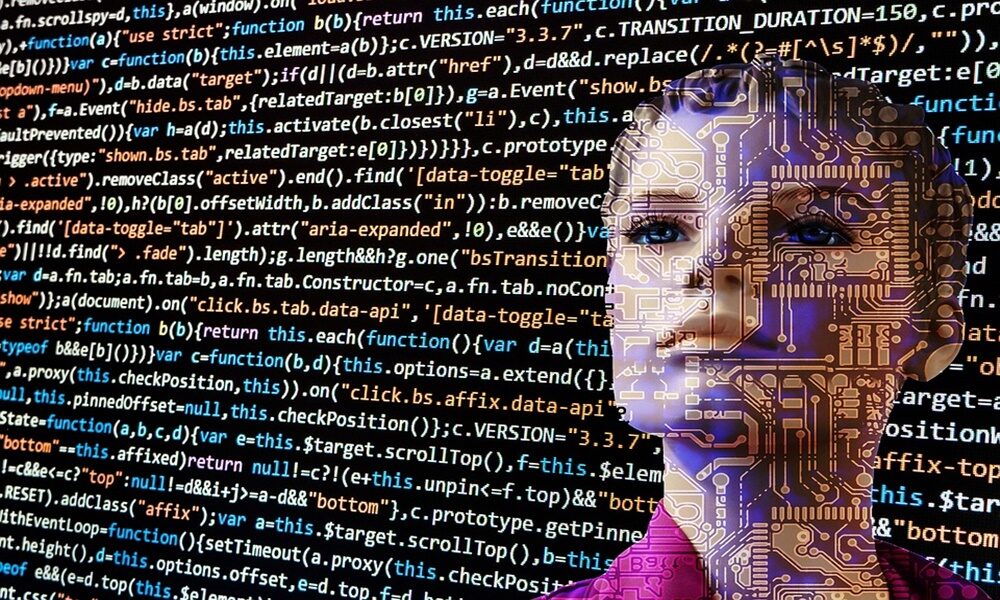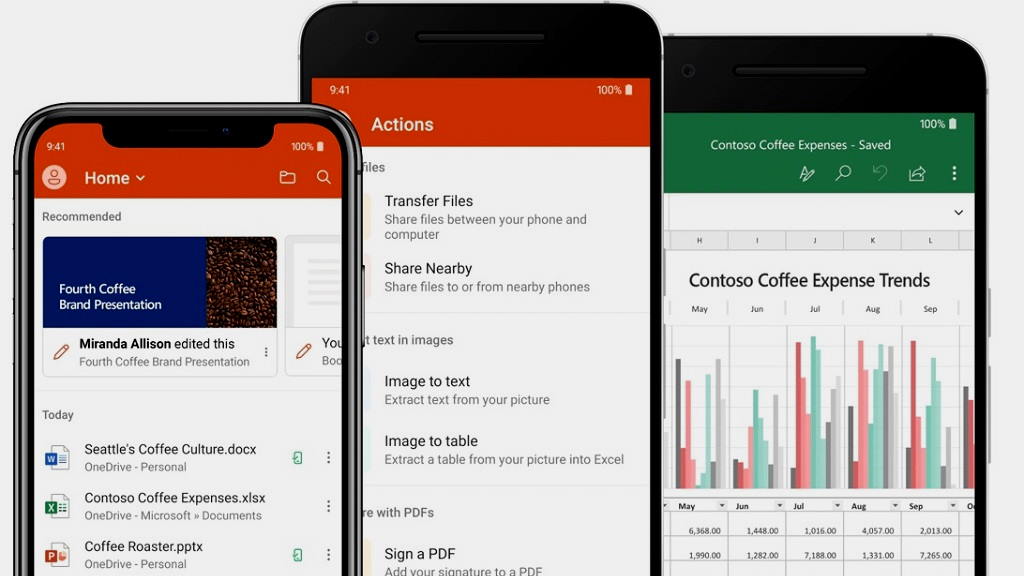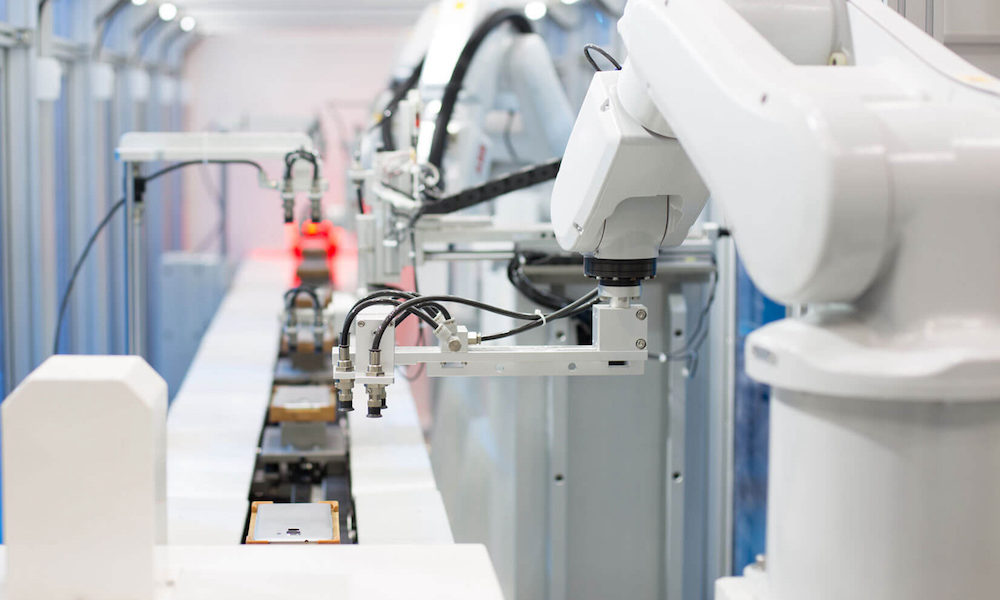
The past few years have been very eventful for everyone. The year 2022, in particular, will go down in history as one of the most tumultuous in recent times, in which many issues have been raised that are set to profoundly transform the business and social landscape for years, if not decades, to come.
Technology has been no exception to this disruption and has faced significant challenges, from privacy and liability, to increasing sustainability regulation and regulatory mandates. But overall, it still holds great promise at a time when certainty and reliability are in short supply.
The cloud and digital communications are driving its relentless growth, first and foremost. But with so much pressure to innovate, finite financial resources at rising costs, and an ever-increasing push for more effective governance, the list of priorities for IT managers shows no sign of shortening in 2023.
So, with this in mind, I’ve put together a list of the top ten areas I think IT leaders are likely to be drawn to, and businesses need to prioritize, in 2023:
Even by accident, people will be more sustainable
The pressure to improve an organization’s environmental sustainability continues to grow. With the sharp increase in the cost of energy, everyone, consumers and companies, are trying to reduce costs.
For consumers, it can be a hot water bottle, and for businesses, things like running data centers on renewable energy. However, with the impending Directive on Corporate Sustainability Reporting (CSRD) in the EUdecision makers are beginning to prioritize reducing overall energy consumption, making use of tools that instill precision and accountability in achieving sustainability goals.
Companies will be defined by the way they work
The battle between the supporters of “everyone in the office all the time” and those of flexible work is still open. It’s even more acute in our digital world, where employees still hold much of the power, making it clear that they’ll look for a new job if they can’t choose their own approach.
Whatever our personal stance, trying to force people to go in one direction or another will define an organization’s IT strategy and therefore its future. Business leaders need to agree on the next step, as there is no going back on the progress made in hybrid work. And these are crucial moments, since these decisions will define the reputation of the company.
It will go out of style to be “cloud-first”
But it will become fashionable to be “cloud-smart”. According to our Multi-cloud Maturity Index, for many the cloud has become chaotic and complex, which is holding them back.
The most successful leaders will not just build their strategy around the cloud, but around building powerful distributed applications (including at the edge) that will drive differentiation in the marketplace. It will then be up to your IT architecture and infrastructure teams to determine which multi-cloud approach will provide them with the capabilities they need to build and maintain those applications and the customer and employee experience.
AI will be used to make better decisions
There is no doubt that the use of AI to support better informed decision making will continue to increase. But with increased regulation and governance, and a deeper understanding of AI biases, its use will be cautiously tempered around when and for what decisions it is being used, and more importantly, on what. data sets.
Nobody wants to end up like the big lender that was sued a few years ago for its algorithm, which gave men significantly higher credit scores than women, due to outdated data. However, there is no doubt that the buzz will continue to grow as AI finds its way into the hands of more and more non-techies with the release of exciting tools like ChatGPT.
First steps to ensure safe interaction between robots and humans
In this same line of encounter between technology and humans, robots have begun to leave factories and interact with humans, with mixed results and much criticism. Food delivery robots are spreading across the UK and Tesla has been running its self-driving beta programs in the US for almost 12 months now, so it’s time to take a deep breath and take stock.
Although there have been some accidents, let’s face it… how many times have Glovo drivers collided with someone on their mopeds? Rather than rush to make robots heroes or villains, 2023 will be the year we evaluate the vast amounts of data we are collecting and apply lessons based on their initial human-machine interactions, to ensure they enter the human realm. in a safe way.
We are a long way from full robot-human integration, but small steps will have to be taken to continue moving forward, without the alarmism that has become synonymous with robots.
Focus on transferable technology skills to keep pace
Although “new” technologies, tools and programs are constantly appearing on the market, nothing is “absolutely new”. It is almost impossible to adapt skills to the speed at which the world changes; universities aren’t producing multi-cloud architects, and security experts don’t automatically understand new threats.
Instead of focusing on platform or technology specific competencies and capabilities, focus more on competencies that are fundamentally transferable between existing and new technologies and build on the years of experience we have already accumulated. If people master the fundamentals and their intentions are correct, there can be a greater transfer of skills to support the digital economy.
Still looking for the ultimate “metaverse” app
The metaverse or some version of it has been on everyone’s trending list for the past decade, with big brands promising to deliver a world-changing VR experience.
Unfortunately, it has not materialized yet, and as such, people are losing confidence. From my point of view, the potential to revolutionize is there, but we have yet to find the decisive use case that really engages and changes people and engages them in repeat visits and experiences.
The death of the dream of the superapp
Instead of moving towards a super app, more fragmentation is taking place in the market. For example, what is happening on social networks with Twitter, the rise of Instagram and now TikTok.
Until now, many have become obsessed with the rise of superapps, which is understandable given consumer demand for seamless, seamless experiences. But Europe is not China, so a European version of WeChat is unlikely to catch on. It’s pretty clear proof that super apps aren’t going to exist: people want apps that do specific jobs and do them well. So if anything, we are likely to see even more fragmentation in 2023.
Using commodity hardware to overcome supply chain issues
In a world where things change by the hour, waiting more than six months for specialized equipment is not an option. Some have already started to figure out how to solve this problem by buying commodity hardware that is much more widely available, and then investing in specialized software to deliver what they need quickly and efficiently. This focus on software defined and enabled will continue.
Even more blurred lines between telcos and cloud providers
Telcos have been building clouds for years now, but as the trend toward distributed applications, choice, and a highly flexible environment increases, we will start to see more cloud companies in networking, infrastructure, and customer management. The already blurred lines that separate the two sectors will become even more blurred. A battle is coming…




